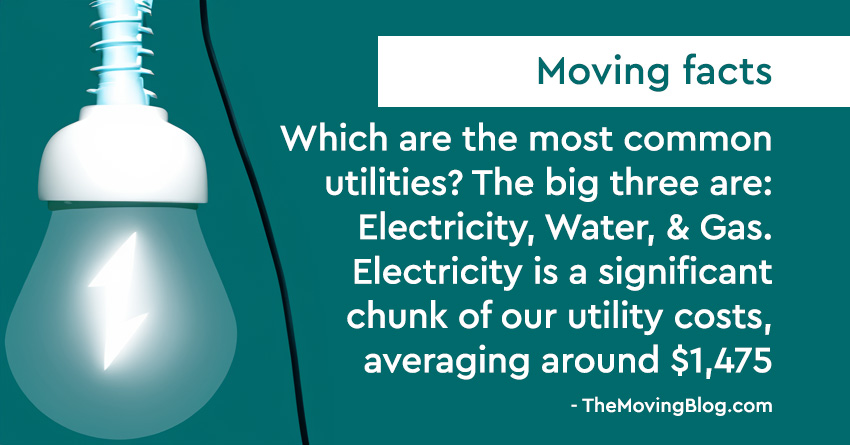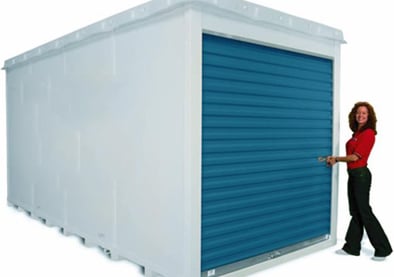Hey, fellow budgeting enthusiast! In the land of the free and the home of brave consumers, we spend an average of $200 monthly on utilities. Sounds like a lot, right? Well, by the end of this post, you’ll have a solid grasp of where every penny goes.

Most Common Utilities
Let’s start with the big three: Electricity, Water, and Gas. Electricity is a significant chunk of our utility costs, averaging around $1,475 annually. Water and Sewer, oh boy, from hydrating ourselves to those therapeutic long showers after a tiring day, this utility is literally the essence of life. And Gas, primarily used for heating and cooking, is what stands between us and the unforgiving cold on winter nights, especially in states that feel like a real-life rendition of “Frozen.”
| Utility Type | Average Monthly Cost |
|---|---|
| Electricity | $65.33 – $88.10 |
| Gas | $80 |
| Water | $17.04 – $68.14 |
| Sewer | $14.04 – $135.57 |
| Trash | $12 – $20 |
| Internet | $56.60 |
| Cable | $0 – $100 |
Monthly Utility Costs Breakdown by State
Alright, fellow Americans, this is where the rubber meets the road. Utility costs vary widely across our vast country. For instance, in a one-bedroom apartment in sunny California, you might spend around $150 on electricity, $25 on water, and $75 on gas. Compare that to a three-bedroom home in Texas, where it’s more like $220 on electricity, $40 on water, and $80 on gas. Oh, and if you’re in New York with a two-bedroom apartment, brace yourself for about $180 on electricity, $30 on water, and a whopping $100 on gas.
States With the Most Expensive and Least Expensive Utilities
Hawaii, California, and New York, I’m looking at you! While you offer some fantastic landmarks and experiences, your utility bills can be a doozy!
Shoutout to states like Montana, Wyoming, and Oklahoma! You guys know how to keep it budget-friendly. My friend Mark in Oklahoma once bragged about how he could pay his monthly utilities and still have enough left for a fancy dinner. Lucky guy!
| State | Energy bill | Monthly Water Bill | Internet | Natural Gas | Phone Bill | Streaming | Total Monthly Cost |
|---|---|---|---|---|---|---|---|
| Alabama | $147.75 | $30 | $35 | $81 | $114 | $44.75 | $452.50 |
| Alaska | $133.89 | $68 | $50 | $164 | $114 | $39.75 | $569.64 |
| Most expensive (Alaska) | $133.89 | $68 | $50 | $164 | $114 | $39.75 | $569.64 |
| Least expensive (Utah) | $80.87 | $38 | $30 | $35 | $114 | $47.75 | $345.62 |
Water and Sewer Costs
On average, water will set you back about $17.04 to $68.14 per month, depending on your usage and state. Sewer bills range from $14.04 to $135.57 per month【31†source】. Remember, conserve water – not just for the environment but for your wallet too!
Electricity Costs
With an average bill ranging from $65.33 to $88.10, electricity often takes the lion’s share of utility costs. Energy-efficient appliances and LED bulbs can be real game changers here.
Heating and Cooling Costs
Depending on your state and the season, these costs can be between $21.56 and $26.13. Consider investing in a programmable thermostat. It’s a decision you won’t regret!
Fuel Costs and Utility Impact
Fluctuating oil prices can significantly impact fuel costs. It’s always a good idea to stay informed and adjust your budget accordingly.
Gas Costs
The average gas bill hovers around $80/month. Oh, and a little birdie told me that cooking at home not only saves money but also warms up the place. Who knew?
Internet and Cable Costs
Ah, the lifelines of modern entertainment! The average internet bill is about $56.60/month, while cable can be anywhere from $0 to $100, depending on your chosen package.
Trash and Recycling Costs
Keeping our homes clean costs about $12 to $20/month. Fun fact: Recycling not only helps the planet but can also save you a few bucks in some areas!
Ways to Save on Monthly Bills
In the modern age, where every penny counts, finding ways to trim monthly bills is both a skill and a necessity. Start by embracing energy-efficient habits, like unplugging devices when not in use, opting for LED lights, and ensuring your home is adequately insulated. Consider bundling services, such as cable and internet, to avail discounts or switching to more cost-effective service providers. Setting thermostats at a moderate temperature, fixing leaky faucets promptly, and being conscious of water usage can also lead to significant savings. Moreover, a regular review of your subscriptions can help you identify and eliminate those you no longer use. Remember, small changes can lead to big savings over time!
Understanding your utility costs is the first step to efficient budgeting. Here’s to making informed choices and enjoying the comforts of home without breaking the bank!
From solar panels to smart home devices, the world of utilities is always evolving. Stay updated, and be open to change.








